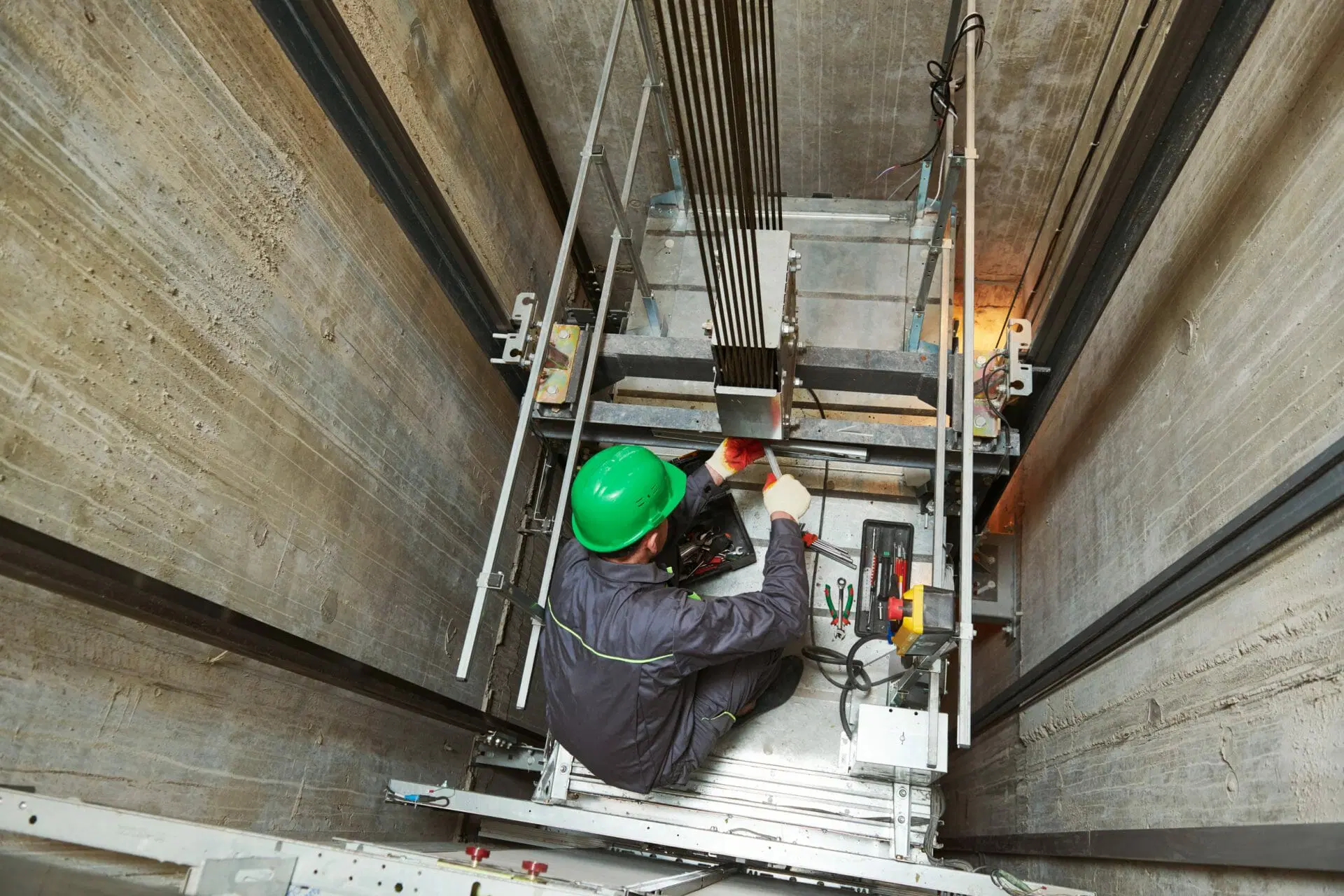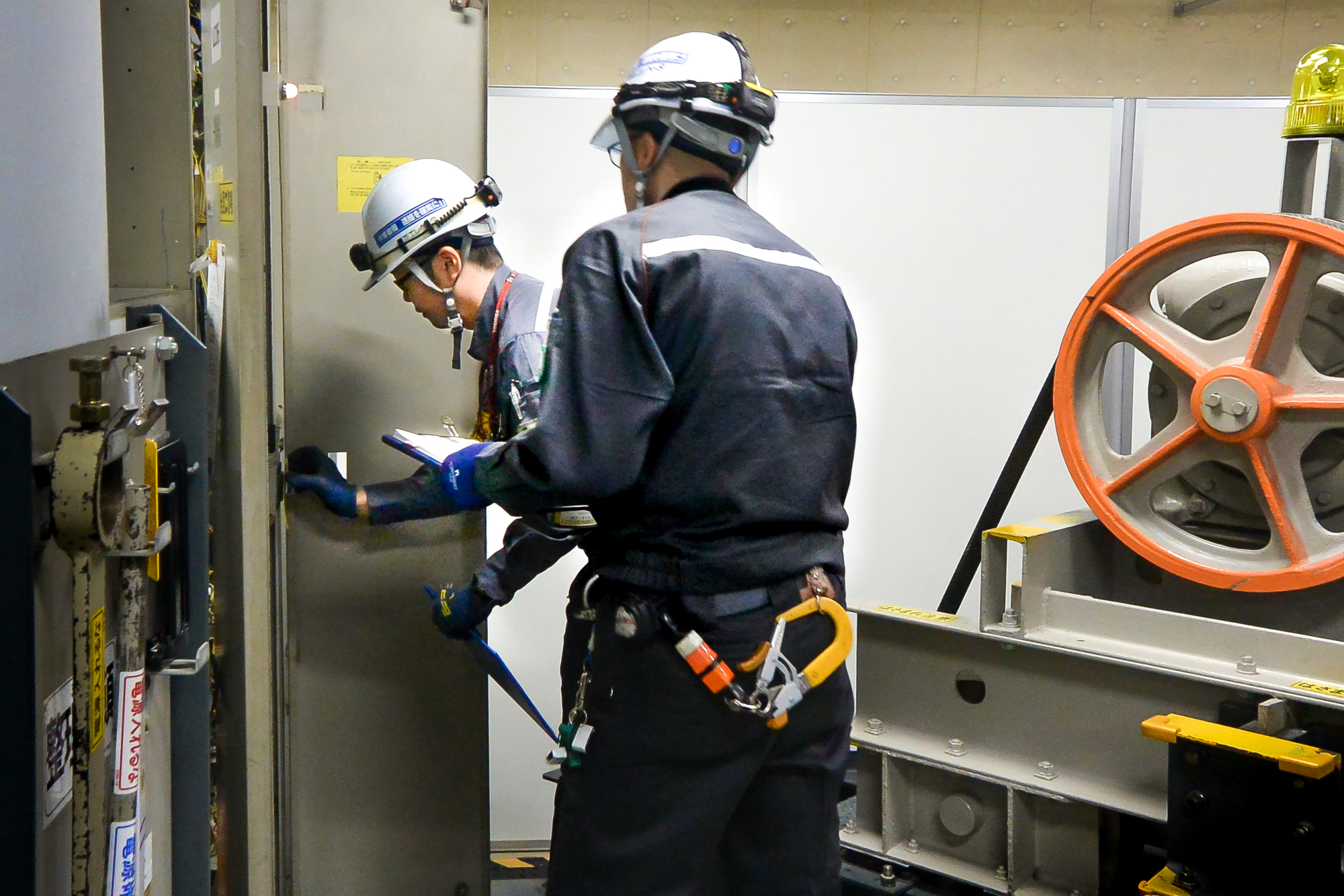Service calls for elevators that come up out of the blue can really eat up maintenance budgets, especially when techs get there and find no problems at all. Predictive models are changing how building managers take care of elevators by looking at continuous streams of sensor data. These systems help teams make better choices by reading real-time patterns and finding outliers early on. IoT Integration for the Elevator Industry fills in the blanks between raw data and useful information, making sure that resources are used to fix real issues instead of fake alarms.
Facility managers and service providers can benefit from this
- Predictive models have many benefits for businesses besides just saving money.
- Less downtime for elevators makes tenants happier.
- Technicians are only sent out when they are really needed.
- It becomes easier to plan services and know what to expect.
- When paired with IoT devices, these benefits can be seen across many buildings or even the whole city.
Getting Accuracy from Elevator IoT Streams

- Clean, steady amounts of data are needed for predictive models to work well.
- Temperature, load, motion, and motor health are all measured by sensors.
- Cloud systems store the data and process it so that AI can analyze it.
- Checks for data quality get rid of noise so that warnings are accurate.
- When data is more accurate, there are fewer false service calls, which saves money and time for technicians.
The best ways to put something into action
- A predictive maintenance program that works isn’t just about technology; it’s also about how it works with other systems and how it is planned.
- For the elevator’s main tasks, start with high-quality sensors that you can count on.
- Use analytics tools that make it easy to see results and send reports.
- Teach employees how to read alerts and decide which cases are the most important.
- Regularly update models to account for things like old tools or changes in how they are used.
- You can use predictive tools in your everyday work with IoT Integration for the Elevator Industry, instead of having them as a different system.
Property owners and service providers are finding that predictive models on elevator IoT streams are a good use of their money. They don’t just save money; they also make things easier, better, and faster for passengers. When teams use reliable sensor data along with advanced analytics, they can avoid unnecessary site visits and keep elevators running when it means the most.

